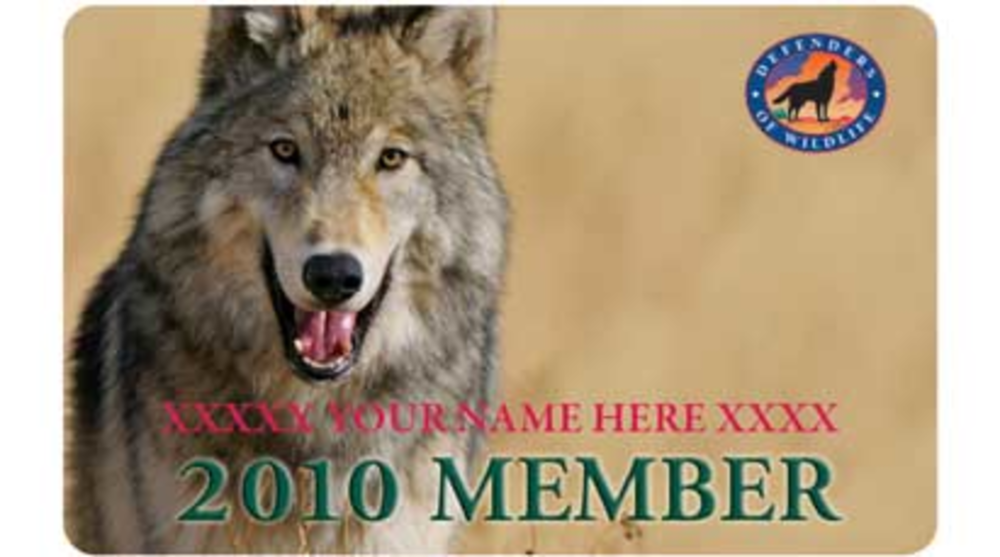Nonprofits are embracing digital media channels to support their direct mail fundraising efforts. However, while multichannel marketing is the ideal, those who are coordinating efforts for an integrated approach are still the exception. That may soon change.
“Data is a huge challenge,” says Jeff Regen, VP of online marketing and communications at Defenders of Wildlife, an advocacy group for endangered species.
Nonprofit databases can be cumbersome, and accessing constituent information in real time isn’t something many organizations can do, Regen adds, noting that many nonprofits also aren’t organized for integrated marketing, with their structures, cultures and communications inhibiting cohesion.
However, nonprofits are finding many benefits to overcoming these challenges. Jann Schultz, director of donations at Operation Smile, a group that helps children with facial deformities, says that diversification “reduces our dependence on specific channels and allows us to make the best decisions about where to invest the budget.”
With integrated marketing “you’re really seeing all channels working together to build impressions and produce a higher return than any of the channels working alone in silos could produce,” adds Alan Hall, EVP at Russ Reid, an agency that works exclusively with nonprofit companies.
Vinay Bhagat, cofounder and CEO of Convio, which creates software for nonprofits, says that renewal efforts are still limited by the fact that most nonprofits have e-mail addresses for only about 20% of their donors.
“A key challenge to multichannel marketing is capturing e-mail addresses,” he says.
Defenders of Wildlife is an example of an organization progressively using integrated marketing for both renewal and acquisition, Bhagat says. The group uses constituency votes, viral marketing and other methods to build its e-mail lists. It “will then typically take a multichannel approach to convert as many leads as possible to donors,” he says.
Both Operation Smile and Defenders of Wildlife noted the Red Cross’ success in raising more than $32 million for Haiti earthquake victims through mobile. Because of this, these organizations will test ways to incorporate texting in the future, says Schultz.
“We recognize that there are certain vehicles where mobile is best used, and we are trying to figure out ways to leverage it” he says.
Acquisition: Operation Smile
Operation Smile changed its strategy last year for the “Hometown Heroes” promotion, which targets a single local market for a set time period with a multichannel approach.
Hometown Heroes was launched last spring in Salt Lake City. Over a 30-day period, Operation Smile, working with agency Russ Reid, used local TV, radio, online, e-mail, direct mail and outdoor display ads to both build awareness for the brand and raise enough money to pay for 1,000 surgeries for children with facial deformities.
Key to the strategy was finding a local personality to be the campaign’s face in that market. For Salt Lake City, Brooke Walker, who co-hosts a local morning TV talk show, was recruited. Walker talked about the campaign on her show and appeared on long-form DRTV spots, as well as other media.
This type of multichannel approach would be cost-prohibitive on a national scale, says Alan Hall, EVP at Russ Reid, an agency that works exclusively with nonprofits.
Yet done on a local basis for a limited time, it “can build enough impressions and enough momentum to have all of the channels working together,” he notes.
E-mail blasts touting the campaign that were sent to existing donors had a 30% open rate.
“This really demonstrates the power of the multichannel campaign,” says Jann Schultz, director of donations at Operation Smile. “These donors were already exposed to the campaign in a variety of ways and then they received the e-mail, which really sparked their interest.”
The campaign raised enough money to get more than 1,100 children surgery and brought in more than 1,000 new donors.
Operation Smile will repeat the campaign this year in a different market, this time adding Facebook and Twitter elements. Social media will be used as an engagement tool to “drive people to more information about how to make a donation,” says Schultz.
Retention and acquisition: Defenders of Wildlife
Integrated cross-channel marketing has become “even more important” to nonprofit Defenders of Wildlife since the recession began, says Jeff Regen, VP of online marketing and communications at the group.
A successful multichannel campaign typically has higher penetration, better ROI and improved overall results, he says.
Defenders of Wildlife, a group that advocates for endangered species, sends membership cards, featuring an image of a wolf, every year. In 2008 and last year, the nonprofit developed a multichannel campaign encouraging supporters to vote on images for the next year’s membership cards. In one version, e-mails were sent to existing members asking them to renew their membership. In another, non-members were asked to join.
The campaign consisted of four e-mail blasts, landing pages and direct mail. Last year, the group added the campaign to its social networking pages, where voting on topics is popular.
“The best cross-channel campaigns feel natural by offering a compelling reason to do something online and a compelling reason to get something offline,” says Regen.
For the card image vote, it would have been prohibitively expensive and too time consuming to use direct mail. By using the Internet, the organization announced the winner less a week after the voting ended. Direct mail was required, however, to deliver the membership card.
“The real power of this campaign was the fact that it was a unique engagement tool,” says Regen. Defenders of Wildlife received 55,000 votes, raised more than $130,000 and acquired more than 2,000 new donors.
According to the organization’s research, as soon as a member engages with the group across more than one channel, his or her value to the nonprofit increases dramatically: “Cross-channel members are gold,” Regen explains.







